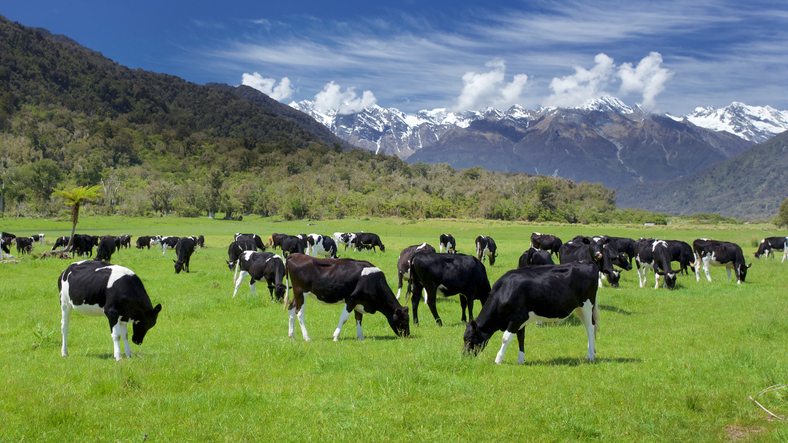
The earliest examples of commercial farming can be traced all the way back to 9,500 BC, when people began to trade their crops in exchange for goods. For thousands of years, commercial farming has influenced the gradual evolution of the agriculture industry. Changes in population, technology, transportation, and more have impacted commercial farming’s growth, from a small-scale farm-to-farm trade to the mover and shaker of early economies.
The Evolution of Commercial Farming
From the days of hunting and gathering, to the development of permanent settlements centered around reliable supplies of food, to the advent of technology-based agriculture, commercial farming has transformed dramatically. One could even argue that commercial farming acted as a catalyst which influenced the formation of the first major cities. After all, these cities were built in the most fertile locations on earth where fresh water sources and massive crops could sustain thousands (even millions) of people.
Early agriculture focused on the large-scale domestication of wild plants long before the domestication of livestock became common practice. The discovery of harvesting and sowing seeds was the first real revolution in agricultural history.
Once farmers mastered the practice of harvesting seeds to plant during the next growing season, they gained a degree of control over the amount of food they were able to produce. This created opportunities for trading excess crops and products for different supplies.
Some of the oldest commercial farming crops in the world included:
- Hulled barley
- Emmer wheat
- Einkorn wheat
- Lentils
- Chickpeas
- Rice
- Peas
- Bitter vetch
- Flax
Once domesticated animals entered the commercial farming scene, they quickly became the driving force of worldwide economies. Owning horses, sheep, goats, cattle, chickens, ducks, geese, and swine became a status symbol. Eventually, the advent of breeding livestock brought about the development of a much more stable food source. Stability of food production led to prosperity for land barons, farmers, and political leaders.
Formation of Agriculture Management
Management of plants and animals took on a completely different nature when agricultural practices were first established. The biggest factor that affected management practices was the introduction of food production. Bigger crop harvests as well as meat and dairy products from domesticated animals meant that farmers no longer needed to forage for food throughout the year. Instead, they could store food for months on end and still have enough to trade for other essential supplies.
As a result, populations skyrocketed. With population growth came greater demand for food, leading to a dramatic increase in food production.
Modern Commercial Farming
Commercial farming today looks nothing like it did 200 years ago, when over 90% of the U.S. population lived on farms. Now, the vast majority of agricultural operations are conducted using sophisticated machinery and advanced technologies. The processes are faster, cheaper, and much more efficient.
Agriculture equipment & processes that revolutionized the industry:
- 1793 – The cotton gin is invented
- 1797 – First patented cast-iron plow
- 1819 – Early stages of the canning industry
- 1834 – McCormick’s reaper is patented
- 1842 – The first grain elevator is invented
- 1874 – Barbed wire fencing is invented
- 1884 – Horse-drawn combines are first used
- 1926 – The first light tractor is developed
- 1968 – Almost all cotton crops are harvested mechanically
These early developments laid the groundwork for technology adoption within the agriculture industry. Soil sensors and drones are becoming the new normal in large-scale farming, and vertical farming is making strides well ahead of the industry curve by harvesting successful crops without the use of sunlight, soil, or even pesticides.
With major international trade deals experiencing significant changes in 2017, it seems only reasonable to expect even more shifts will be coming in commercial farming’s future.


